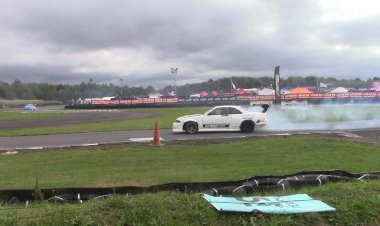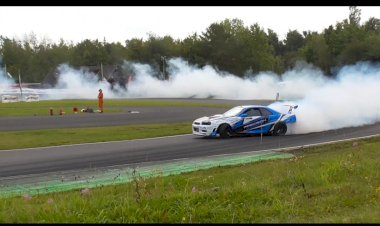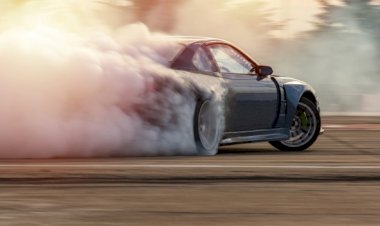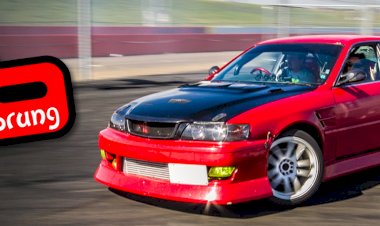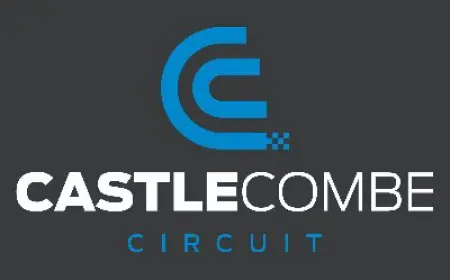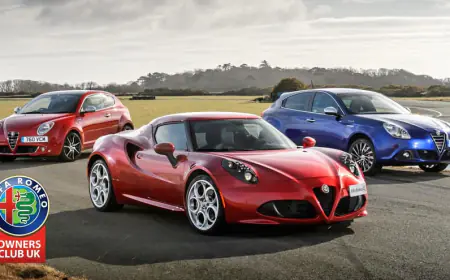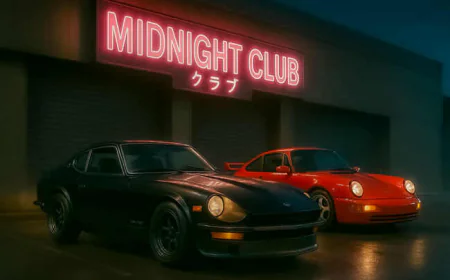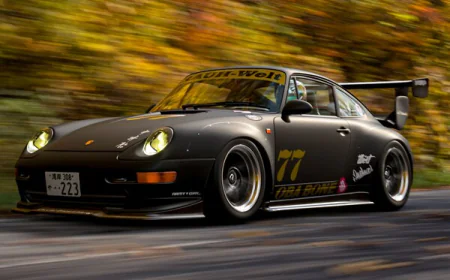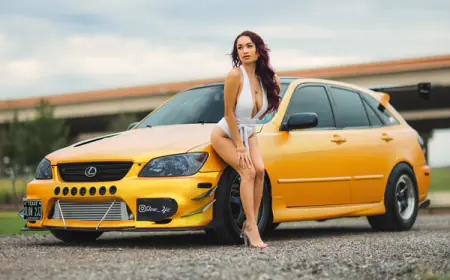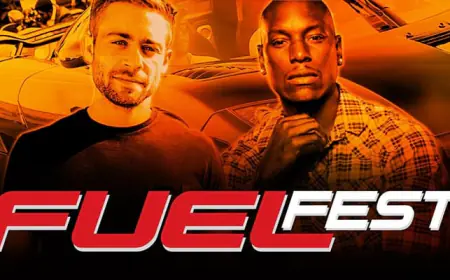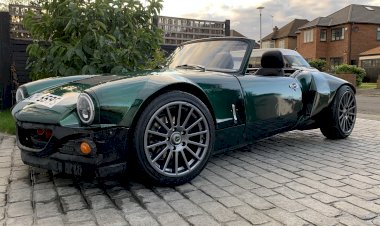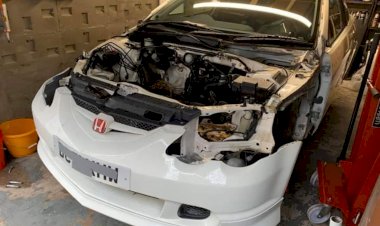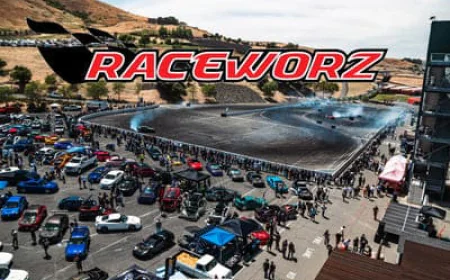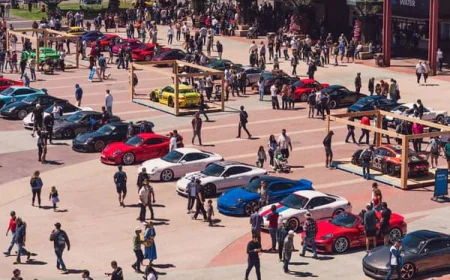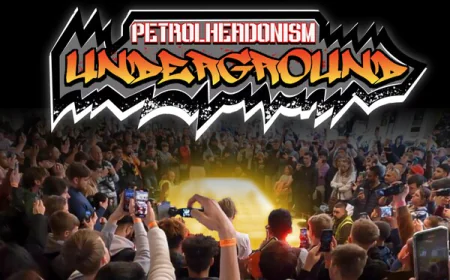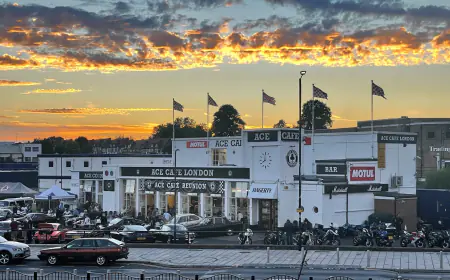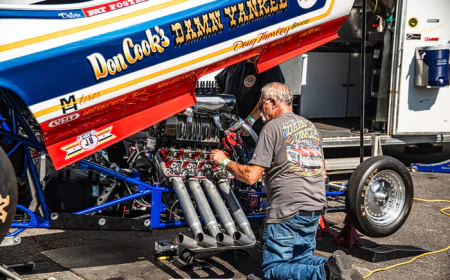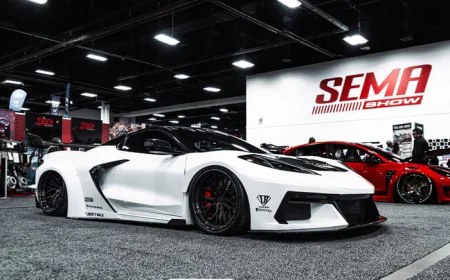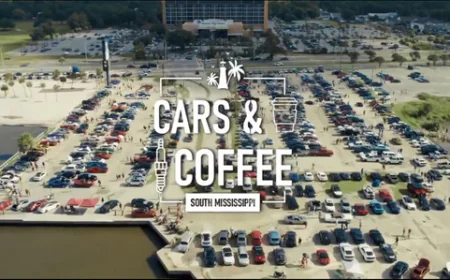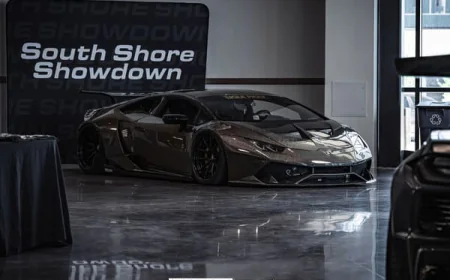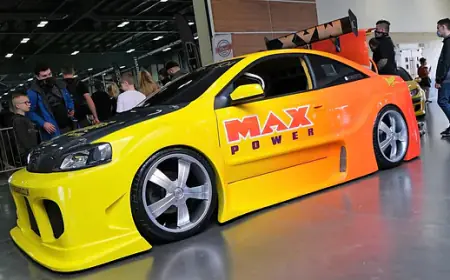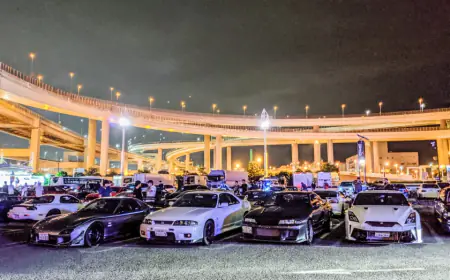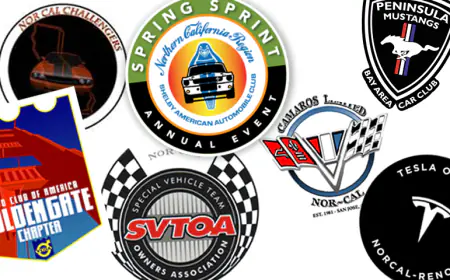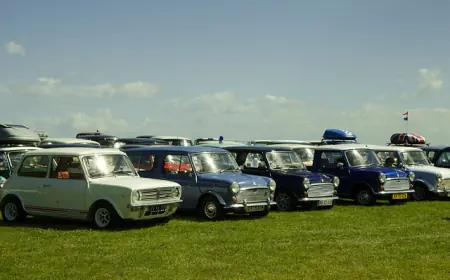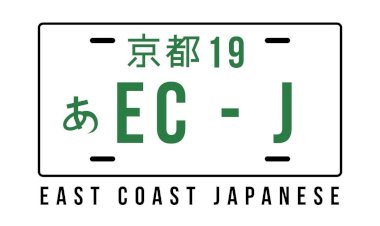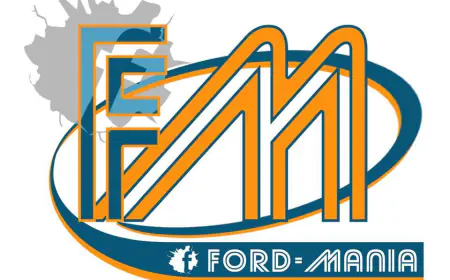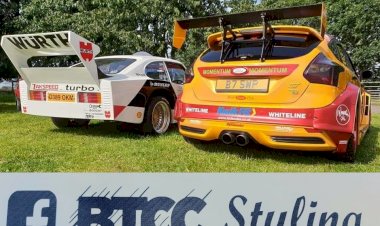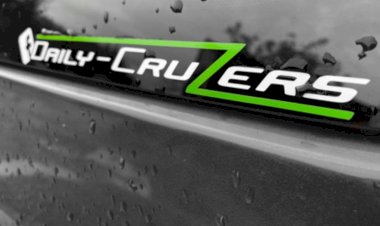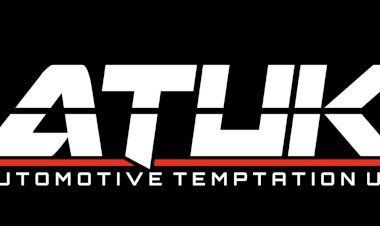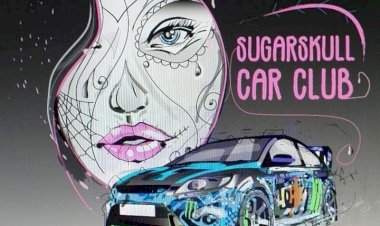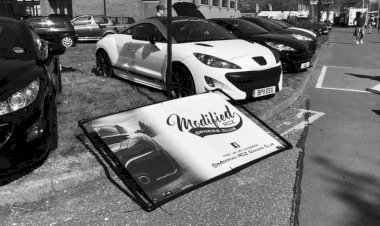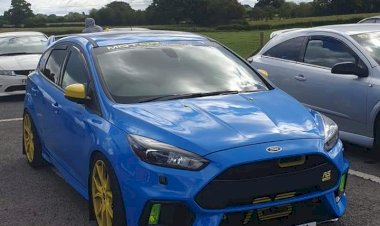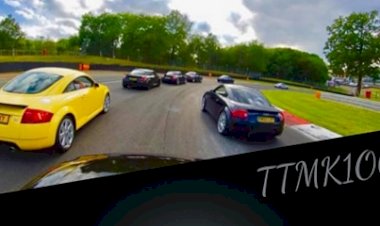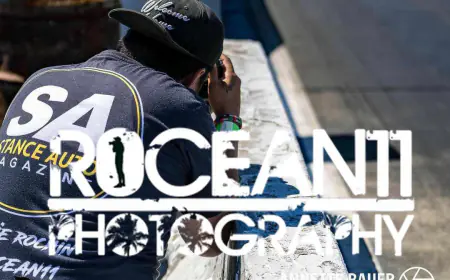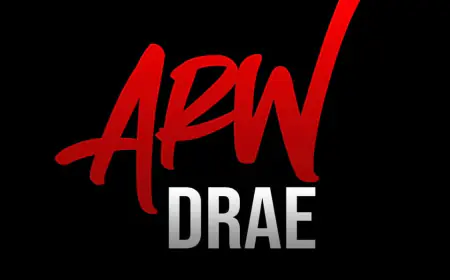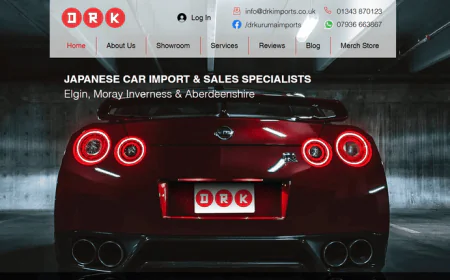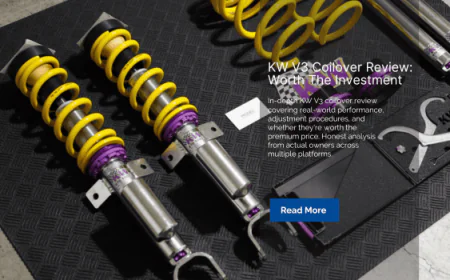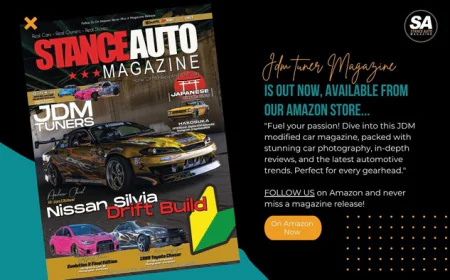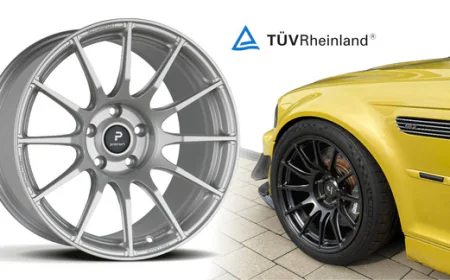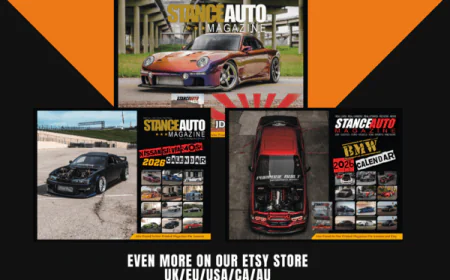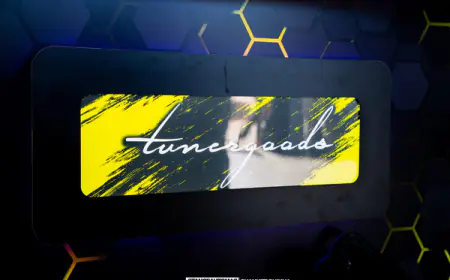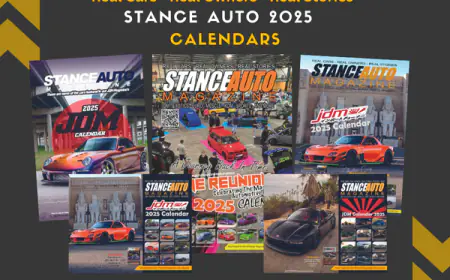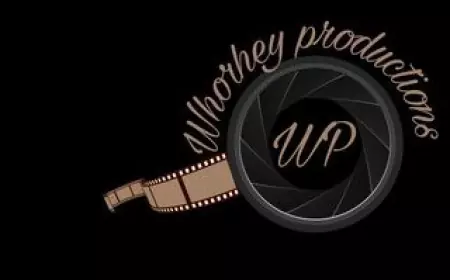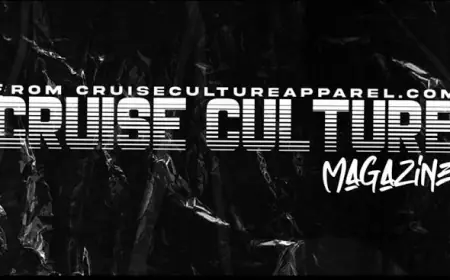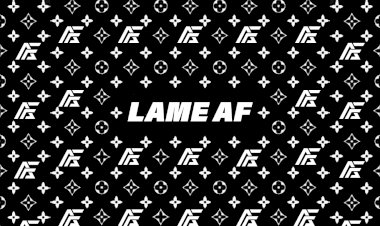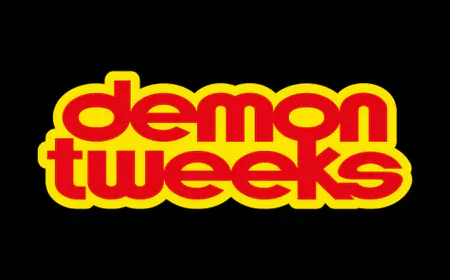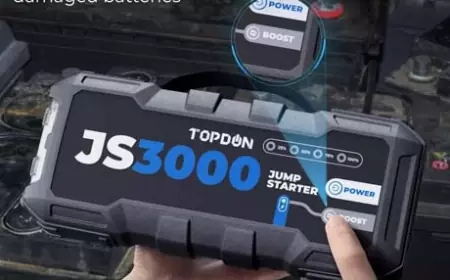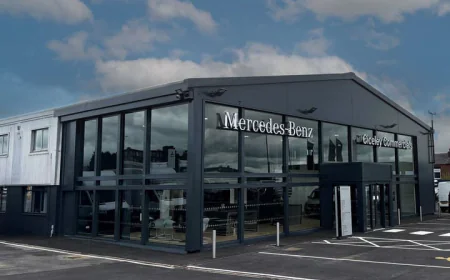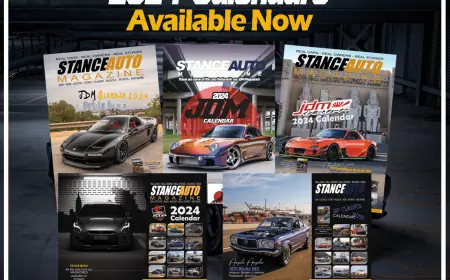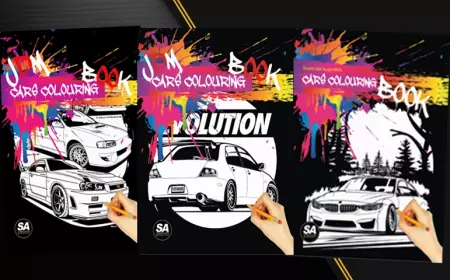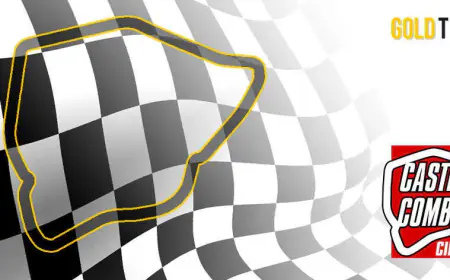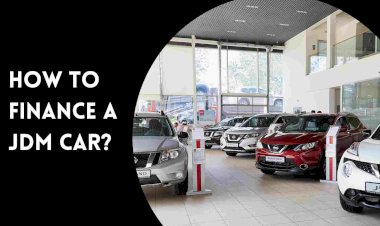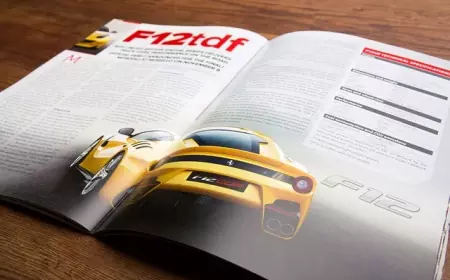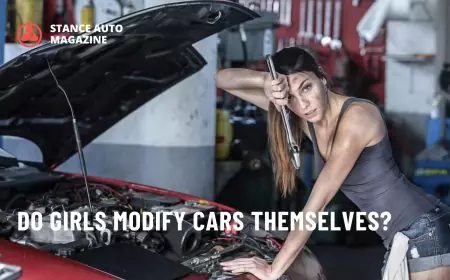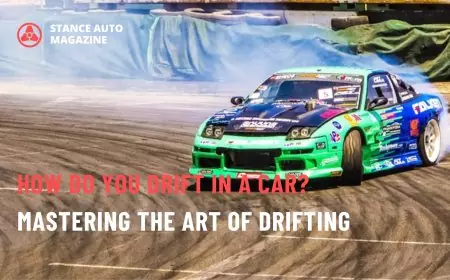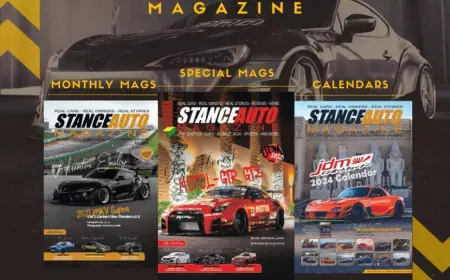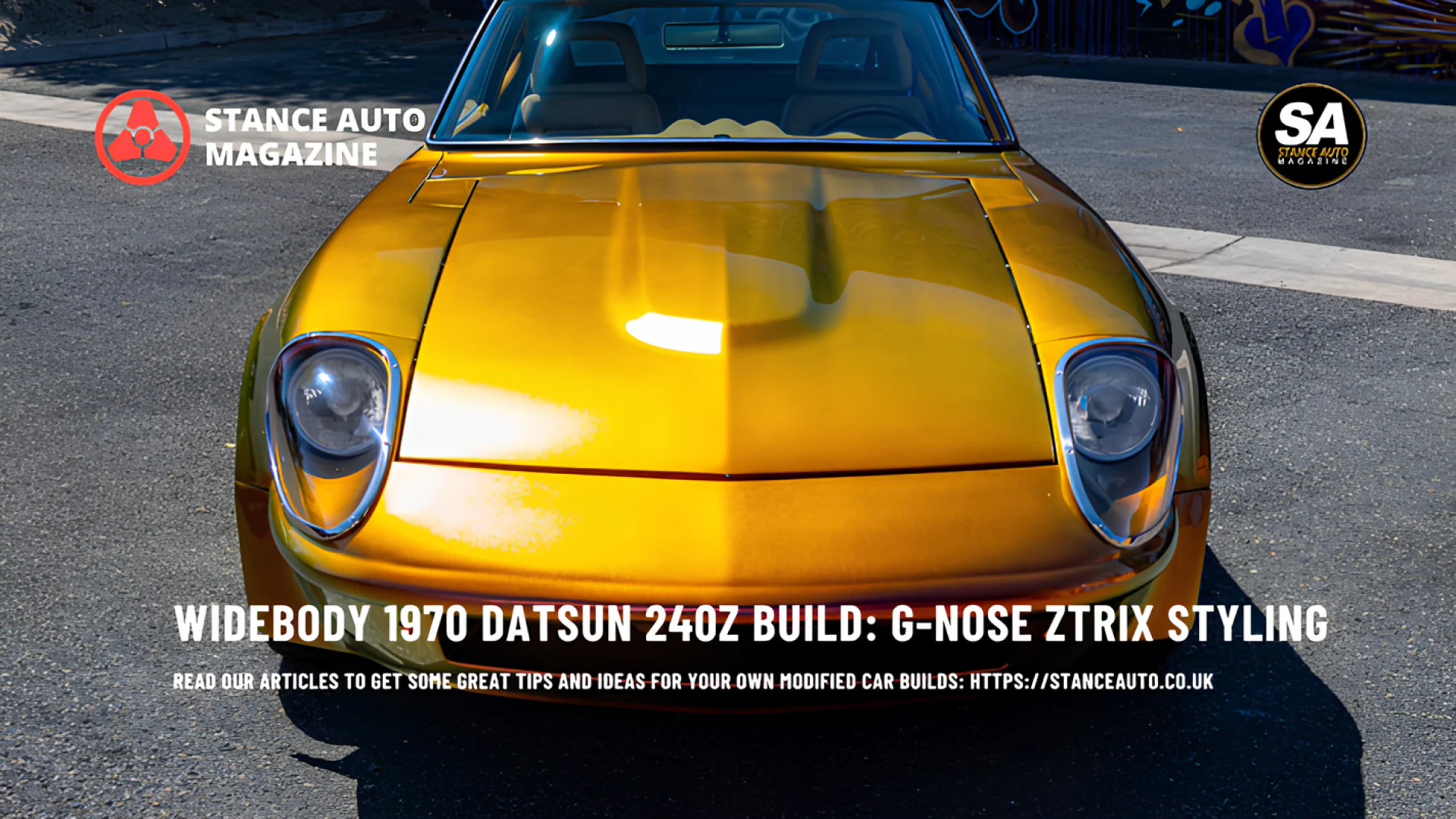Law vs. Car Culture: The Police Crackdown on Takeovers
Police worldwide are cracking down on illegal street takeovers — but are they saving the car scene or crushing it? Here’s what’s really happening on both sides of the barricade.
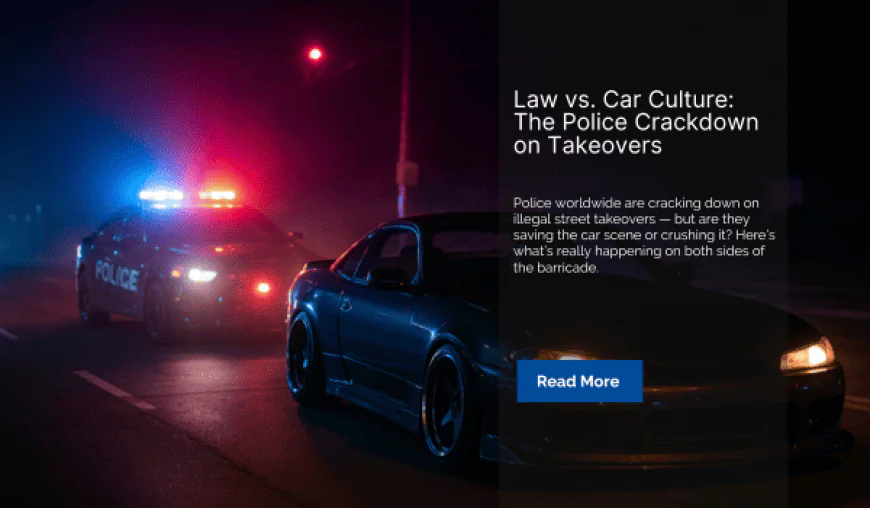
TL;DR
-
Police forces are escalating enforcement on street takeovers with new laws, drones, and vehicle seizures.
-
Legitimate car enthusiasts are caught in the middle, facing backlash for chaos they didn’t cause.
-
The car scene must balance freedom and responsibility before over-policing kills the culture entirely.
The Sirens Behind the Smoke
Every movement has a tipping point — that moment when passion meets law, and the clash is inevitable. For car culture, that moment is now.
The sound of tyres screaming and engines revving has always been part of the soundtrack of automotive life. But today, that same sound sets off alarm bells for police departments across the world. Street takeovers — once small, localised bursts of underground bravado — have now become a global law enforcement priority.
And as the crackdown intensifies, the true car community finds itself caught in the crossfire.
To understand where this is going, you have to see how law enforcement’s view of car culture has shifted — from curiosity, to concern, to outright confrontation.
How the Crackdown Began
For years, takeovers were dismissed as a nuisance — sporadic, chaotic, but largely harmless in the bigger picture of urban crime. That changed as videos of massive street shutdowns began to surface online, especially during the pandemic, when roads were empty and enforcement was stretched thin. By late 2022, city councils and police forces had had enough. Fatal crashes and assaults at these events pushed officials into action. In Los Angeles, Chicago, Atlanta, and London alike, police began introducing zero-tolerance policies for illegal car gatherings.
According to the Police Executive Research Forum’s 2024 report, the new strategy is aggressive:
“Officers are instructed to impound vehicles immediately, target organisers through digital investigation, and use air support for large gatherings.”
That level of coordination marks a turning point. What was once reactive policing has become predictive. Takeovers are now treated less like rowdy gatherings — and more like organised crime.
The Tech War: Drones, Cameras, and AI
You can’t outrun a helicopter anymore. And you definitely can’t outsmart a drone.
Modern enforcement uses tools once reserved for counterterrorism:
-
Aerial surveillance drones hover over suspected takeover zones.
-
Automatic Number Plate Recognition (ANPR) cameras scan every car entering and leaving.
-
Social media monitoring units track coded messages and group posts advertising events.
In the U.K., forces like West Midlands Police and Greater Manchester Police have already seized dozens of vehicles using drone evidence alone. Meanwhile, across the Atlantic, LAPD and Atlanta PD are trialling AI-driven video analysis to identify specific cars performing stunts — even if they’ve fled the scene.
The message is clear: if your car appears on video at a takeover, your plate might already be flagged.
Collateral Damage: When Car Meets Become Crime Scenes
Here’s the problem — the crackdown doesn’t just target the reckless. It sweeps up the innocent too.
Across forums, car clubs, and event organiser chats, enthusiasts are sharing stories of legitimate meets being raided or shut down because they were mistaken for takeovers. Static gatherings with permits and security are interrupted by police looking for drifting crowds.
One event organiser from Birmingham summed it up perfectly:
“We’ve got kids, families, traders, everything legit — but if a few loud cars pull up nearby, we’re the ones getting the blame.”
That fear has changed how shows are run. Venues now demand extra insurance. Councils impose curfews. Some organisers have walked away completely, saying the risk isn’t worth it. This is where law and culture collide. The intention — public safety — is valid. But the execution sometimes punishes the very people trying to keep things safe and structured.
You can feel that frustration echoed in our previous piece, How Takeovers Are Hijacking Car Culture, where enthusiasts spoke about losing venues and credibility overnight due to someone else’s chaos.
The Legal Hammer Drops
In 2024, new laws began surfacing worldwide aimed directly at takeover activity:
-
California introduced Senate Bill 1472, allowing prosecutors to charge takeover drivers with vehicular manslaughter if anyone is injured.
-
Texas passed a law enabling immediate vehicle impoundment for reckless driving displays.
-
The U.K. expanded Section 59 of the Police Reform Act, giving officers authority to seize cars on the spot for “anti-social driving.”
In short — if you’re caught, you lose your car. Instantly.
The PERF report noted that some departments even auction impounded cars, turning enforcement into revenue. Critics argue that it incentivises overreach. But supporters say it’s the only language that gets through.
Either way, the crackdown is reshaping car culture from the ground up.
Policing the Internet, Too
The war on takeovers isn’t just happening in the streets — it’s happening online.
Social media is both the organiser and the amplifier of this trend. Flyers spread on Instagram and Telegram with coded hashtags and cryptic emojis. Police are adapting fast, embedding in these groups and tracking IPs. In one U.S. case, a takeover ring was dismantled after officers traced Discord messages back to organisers who promoted their events as “car meets.” In the U.K., digital investigators now flag any content featuring burnouts or blocked roads for review.
It’s digital surveillance — but through the lens of safety.
And yet, it raises an uncomfortable question:
How far is too far when policing a culture built on freedom?
The Clash of Cultures
For police, takeovers represent lawlessness. For many enthusiasts, the crackdown represents a misunderstanding. Car culture isn’t about chaos — it’s about craftsmanship, community, and self-expression. But to outsiders — especially officials who only see viral videos — the distinction blurs.
That misunderstanding fuels resentment. Some enthusiasts feel targeted simply for driving modified cars or gathering in groups. It’s a perception problem that deepens the divide.
The same frustration runs through discussions on Reddit, Facebook groups, and car forums alike:
“We’re being punished for something we’ve spent years trying to distance ourselves from.”
This tension — between passion and policing — is shaping the future of the scene.
What Law Enforcement Gets Right
To be fair, police face an impossible task. The rise in takeovers has brought real danger — deaths, injuries, and property damage. Ignoring it isn’t an option. Enthusiasts who value the culture’s integrity agree that something had to change. Nobody wants to see families endangered or car shows cancelled because of recklessness. Some departments are even taking a smarter, community-driven approach. In certain U.K. counties, police now partner with car clubs to plan legitimate events, offering closed venues and assistance with safety. These partnerships work — because they bridge the gap instead of widening it.
It proves one thing: the solution isn’t suppression. It’s cooperation.
When Enforcement Goes Too Far
But not every police force strikes that balance.
There are growing reports of profiling — modified cars being stopped for no reason, organisers questioned without cause, and meets shut down before a single burnout occurs. In those moments, enforcement stops being protection and starts being persecution. That’s when enthusiasts disengage. They retreat, go underground, and the cycle of mistrust continues. If the crackdown becomes too heavy-handed, it risks alienating the very people who could help solve the problem.
Finding the Middle Ground
The best way forward isn’t a battle — it’s a partnership.
Legit enthusiasts understand the risks of takeovers better than anyone. They’ve seen events cancelled, reputations ruined, and safety thrown out the window. They want change. But they also want respect. Police, meanwhile, want compliance, safety, and fewer viral disasters. The answer lies in collaboration — co-hosted meets, safe drift spaces, and educational outreach that shows young drivers there’s a better way to enjoy cars than chaos. Because at the end of the day, both sides want the same thing: for everyone to make it home alive.
Lessons from Abroad
Cities that have embraced that middle ground are already seeing results.
In Auckland, New Zealand, for instance, car clubs worked directly with police to establish “controlled burnout pads” — legal spaces where drivers can let loose under supervision. Incidents of illegal street activity dropped dramatically. Similarly, in parts of California, car-community representatives now sit on advisory boards for traffic enforcement, helping shape policies that separate enthusiasts from offenders. These efforts prove that education and engagement are more effective than pure enforcement.
Protecting the Real Car Scene
If the crackdown has taught us anything, it’s that the true car community needs to protect itself — and define itself — before others do.
That means standing firm against takeover culture, but also standing up when legitimate enthusiasts are unfairly targeted. It means supporting organisers who go through the proper channels, and speaking out when passion is mistaken for crime. As Stance Auto Magazine continues to highlight, the future of the car scene lies in accountability — not aggression. Because if we don’t draw that line, someone else will — and it won’t be in our favour.
The Road Ahead
The clash between law and car culture isn’t going away anytime soon. But it doesn’t have to end in burnout and blue lights.
Enthusiasts can work with police, not against them. Organisers can build trust, not tension. And media outlets can showcase responsibility, not recklessness. The culture has always evolved with the times — from the streets to the tracks to the shows. Now, it just needs to evolve again. Because car culture has never been the problem. It’s always been the solution — if we remember what it stands for.
Call to Action
Do you have a build story like this one? Got a build on a budget? We want to see it. Submit your story to Stance Auto Magazine, and you could be the next featured owner showing the world how to do it right—without breaking the bank.
And hey, don’t forget to tag us on socials. Use #stanceautomag on Instagram, Pinterest and Facebook so we can see (and maybe feature) your ride.
Test Your JDM Car Knowledge and Take Our No. 1 JDM Car Quiz

Order Your Stance Auto Car Magazines From Our Amazon Book Store
Test Your Automotive Knowledge and Take Our No. 1 Car Quiz
Get Noticed Use our Hashtags - #stanceauto #stanceautomag #stanceautomagazine #modifiedcarmagazine
UKTM no: UK00003572459
 Like
0
Like
0
 Dislike
0
Dislike
0
 Love
0
Love
0
 Funny
0
Funny
0
 Angry
0
Angry
0
 Sad
0
Sad
0
 Wow
0
Wow
0
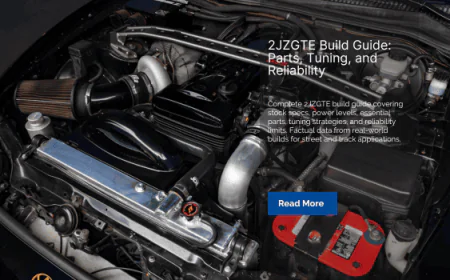

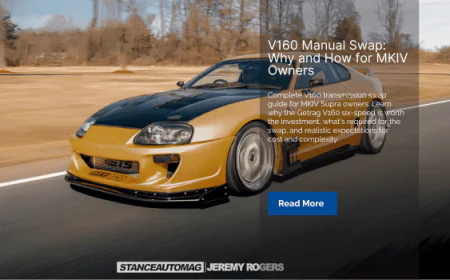
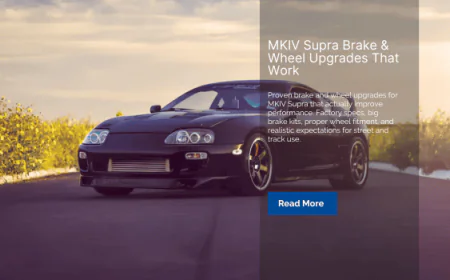
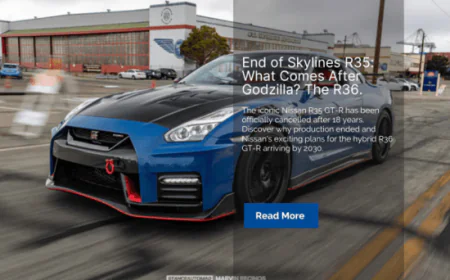
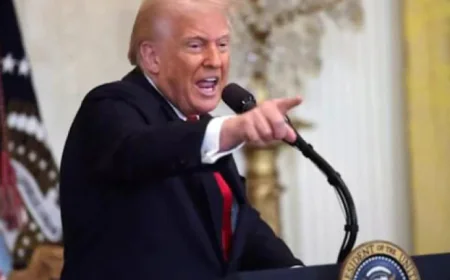
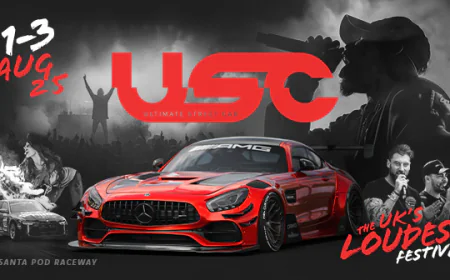





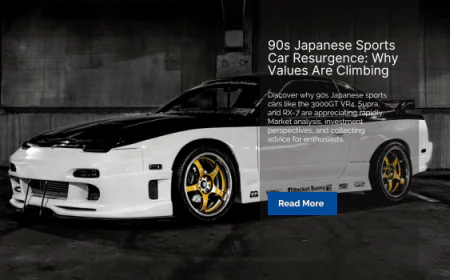
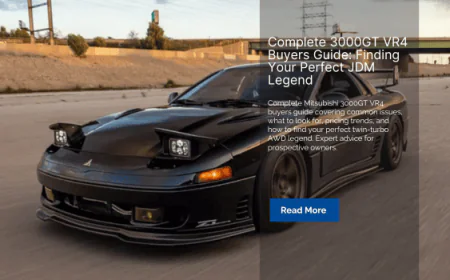
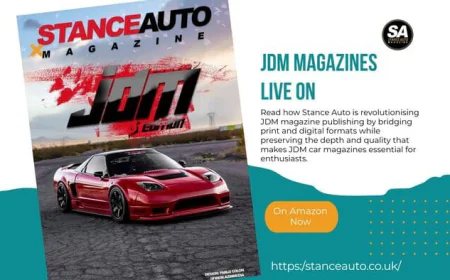
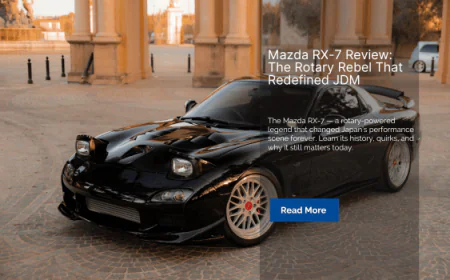
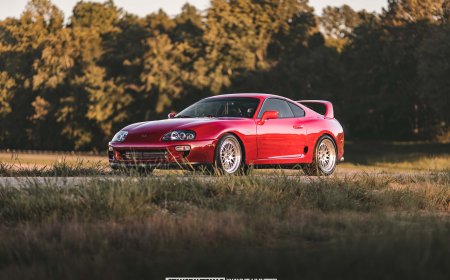
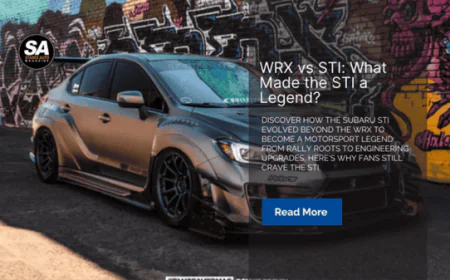
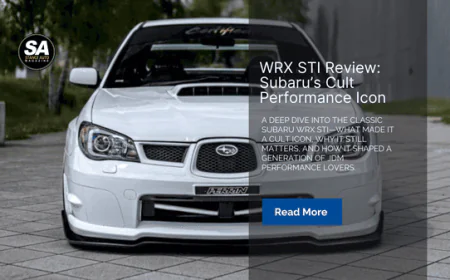
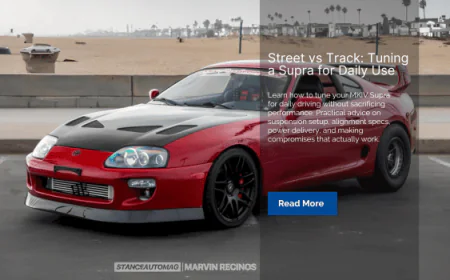
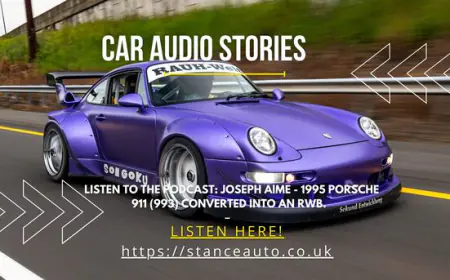
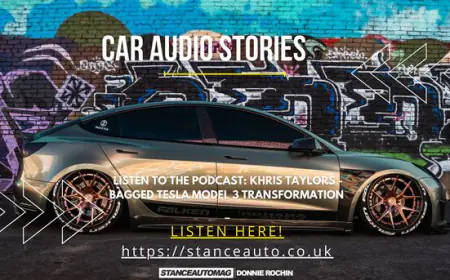
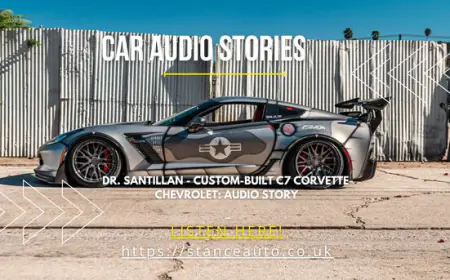


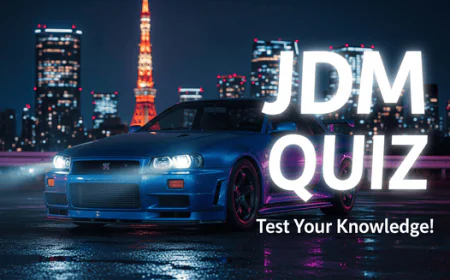
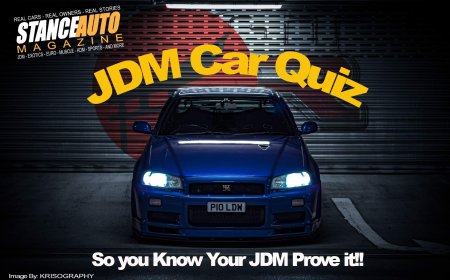

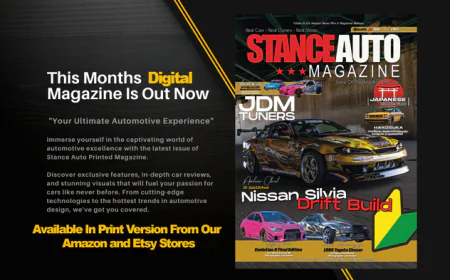
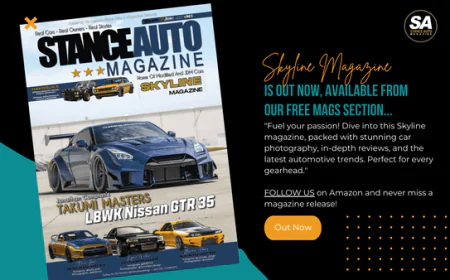

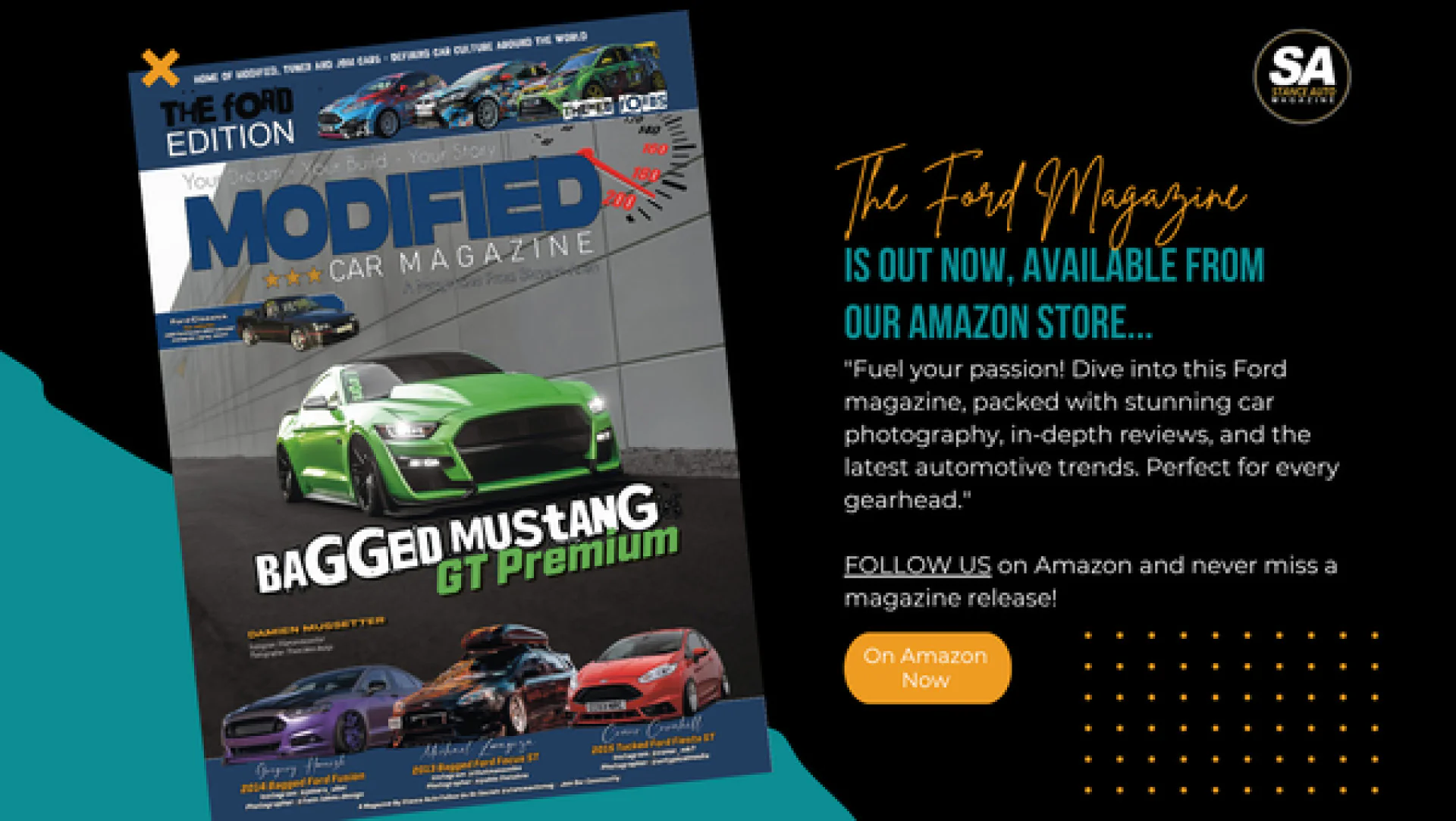


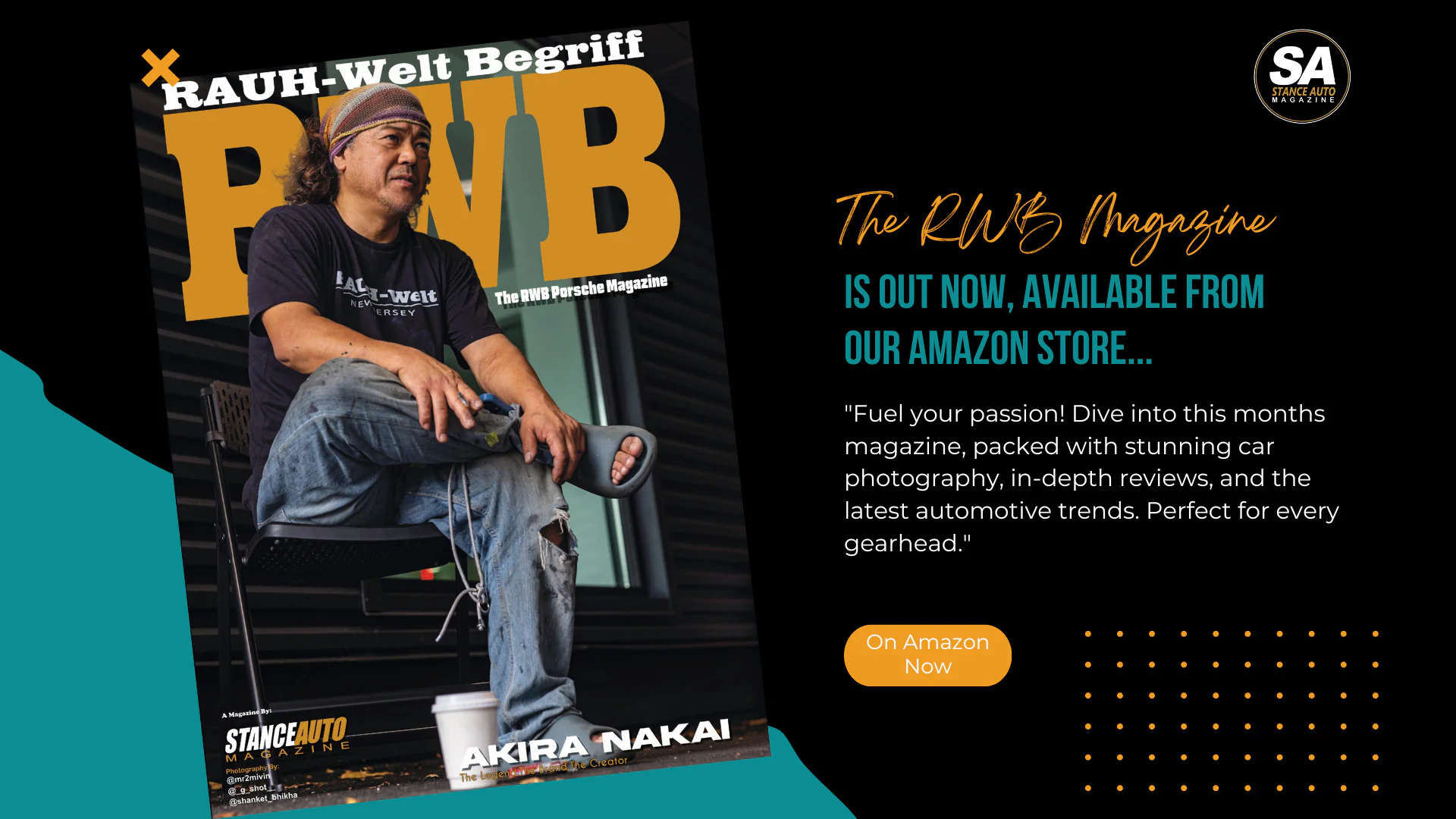
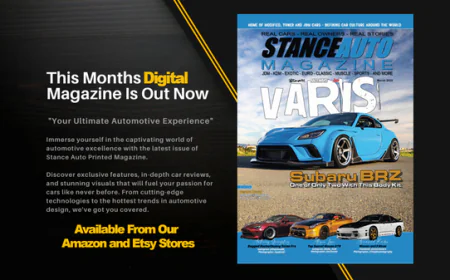
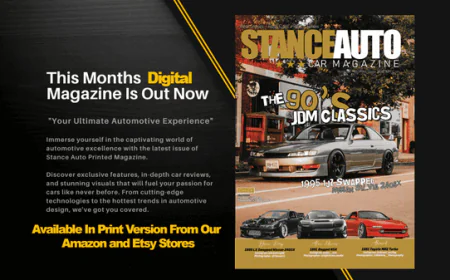
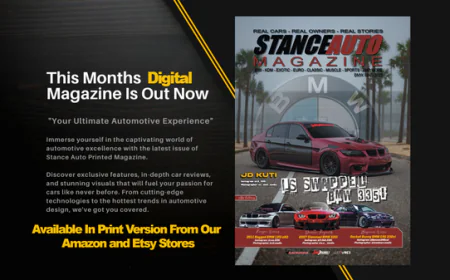
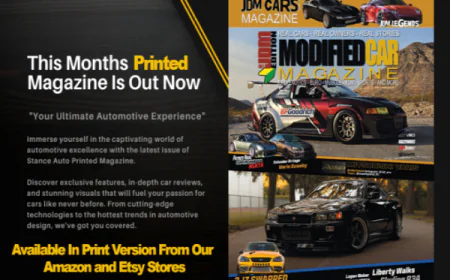
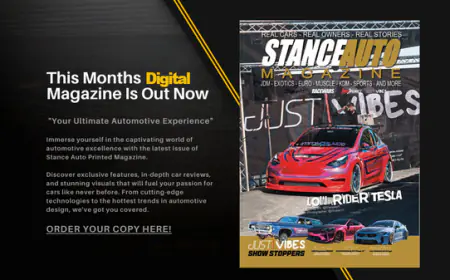
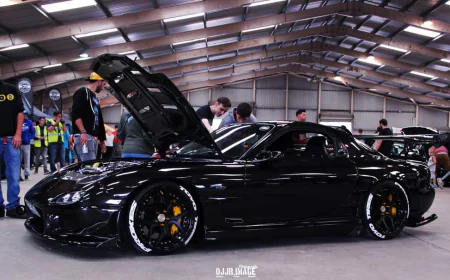
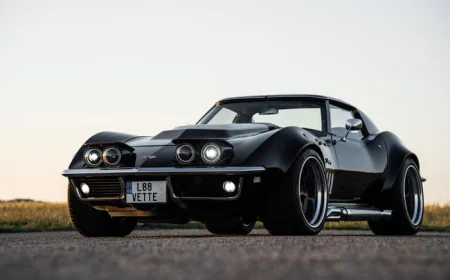
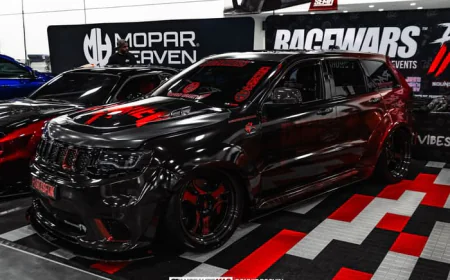

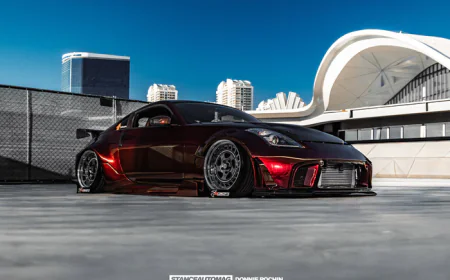
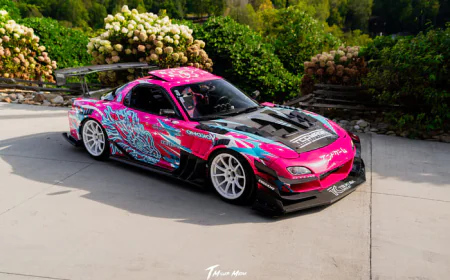
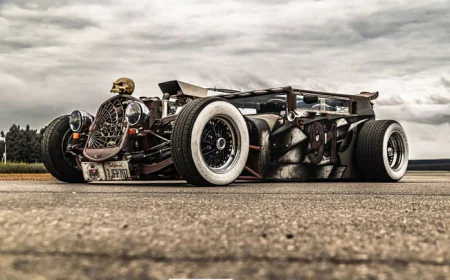
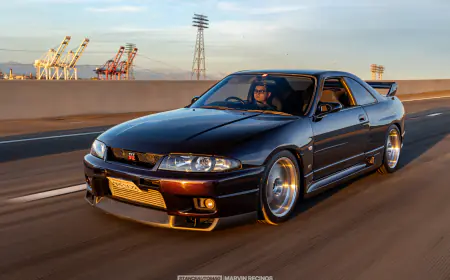
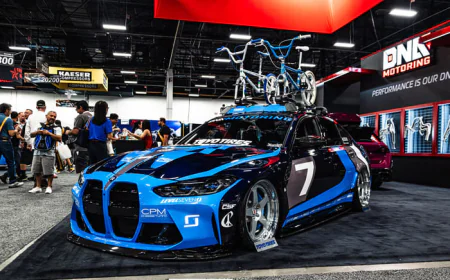
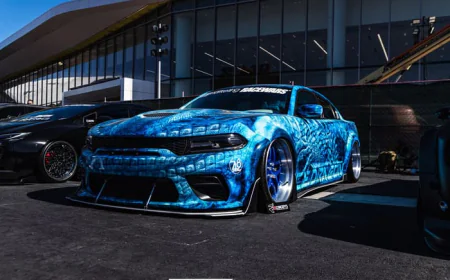
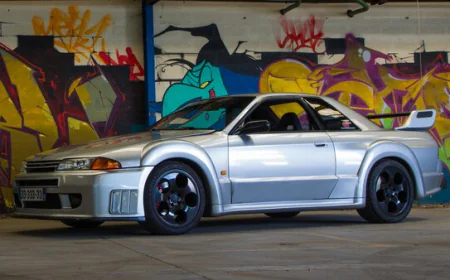
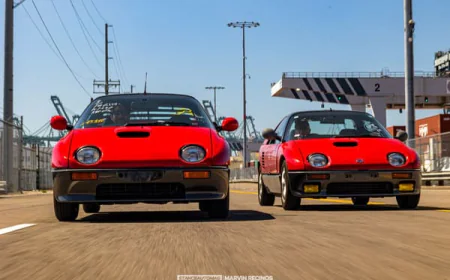
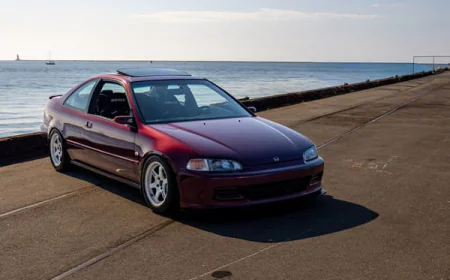
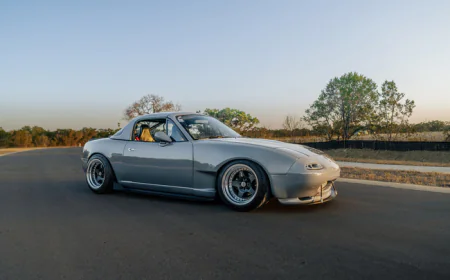

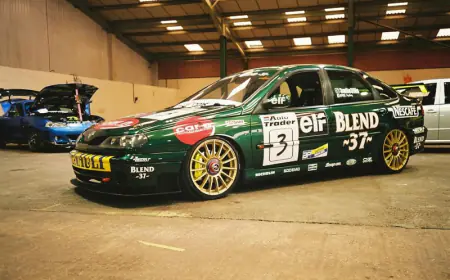

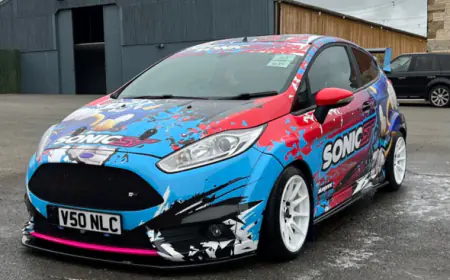

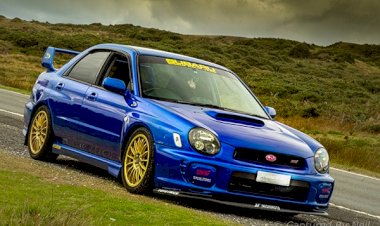

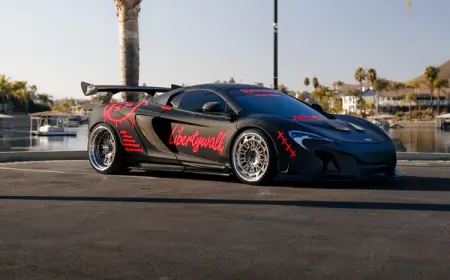
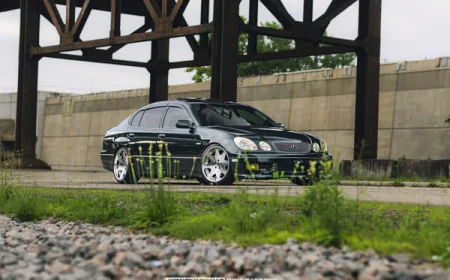

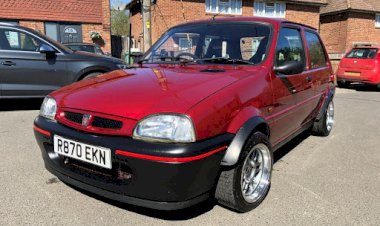
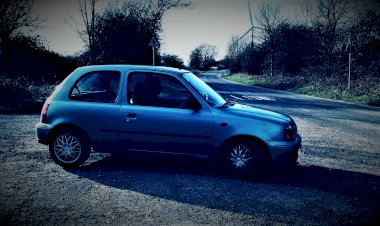

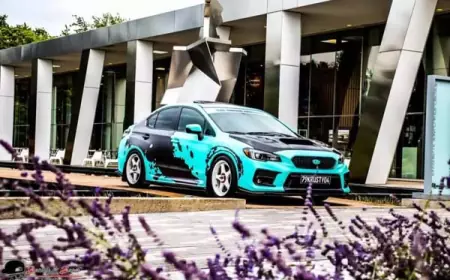


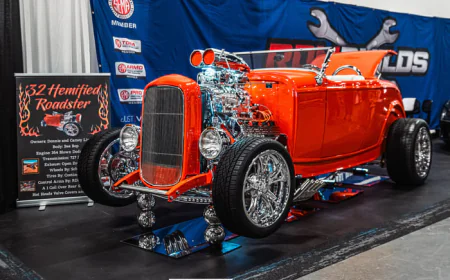
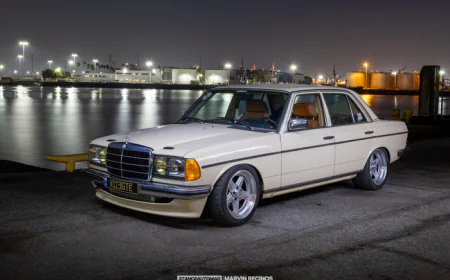

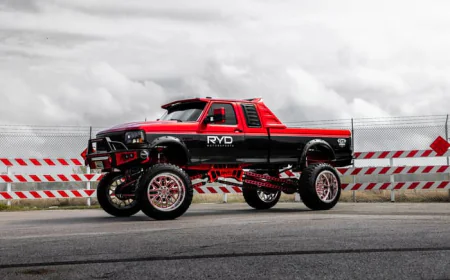
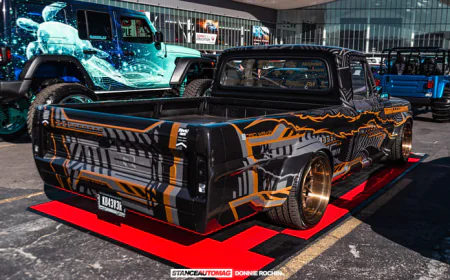
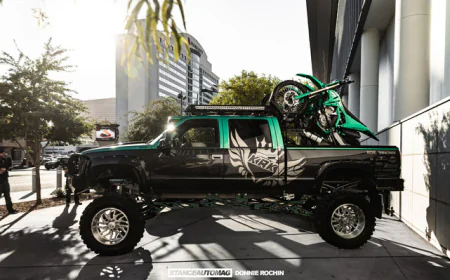


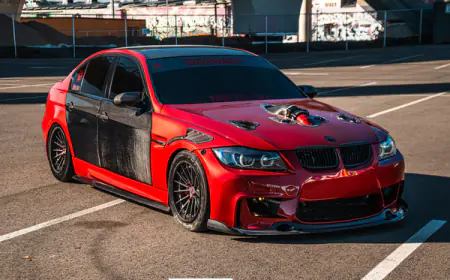
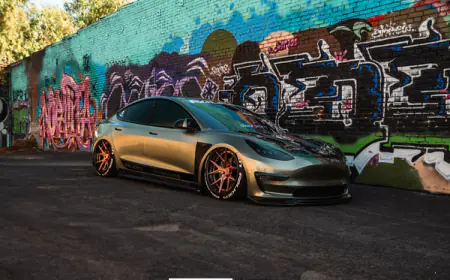
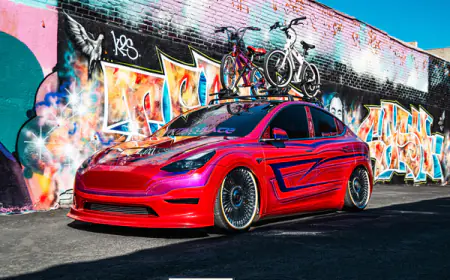
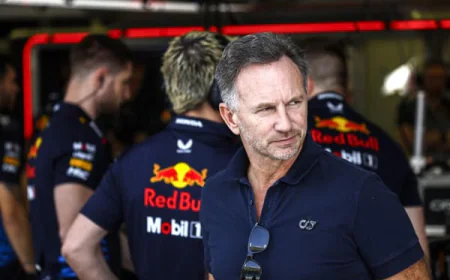

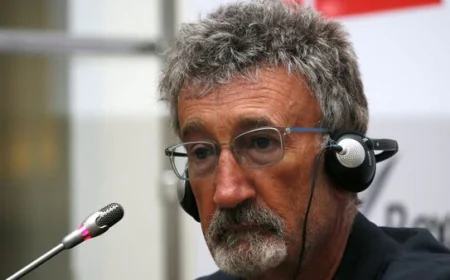
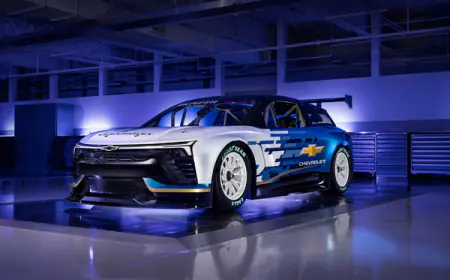
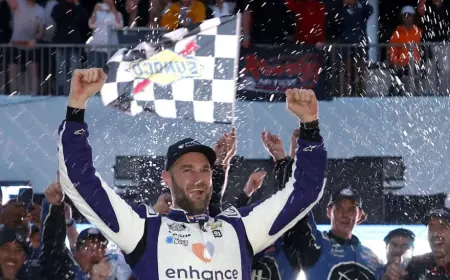
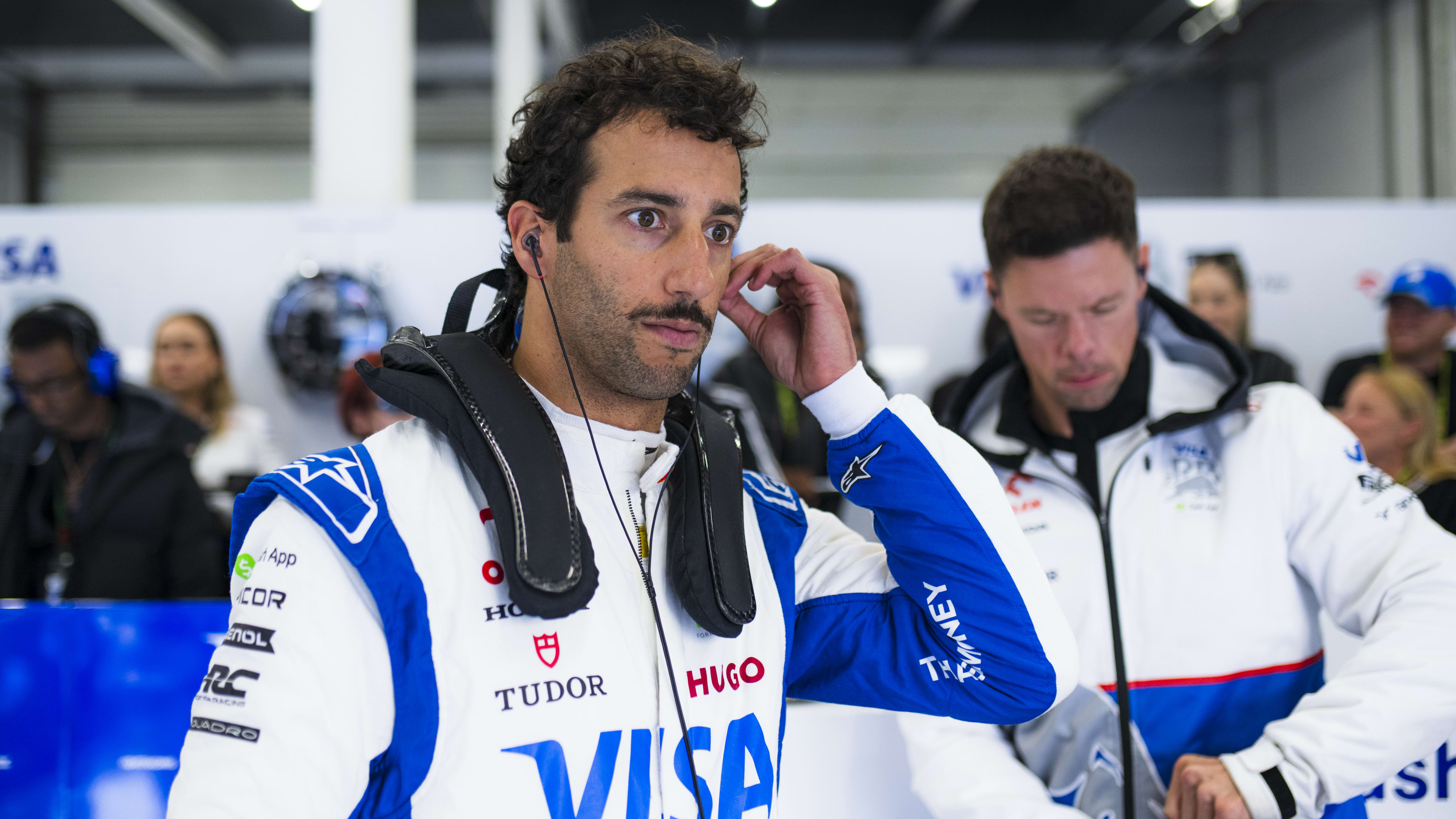
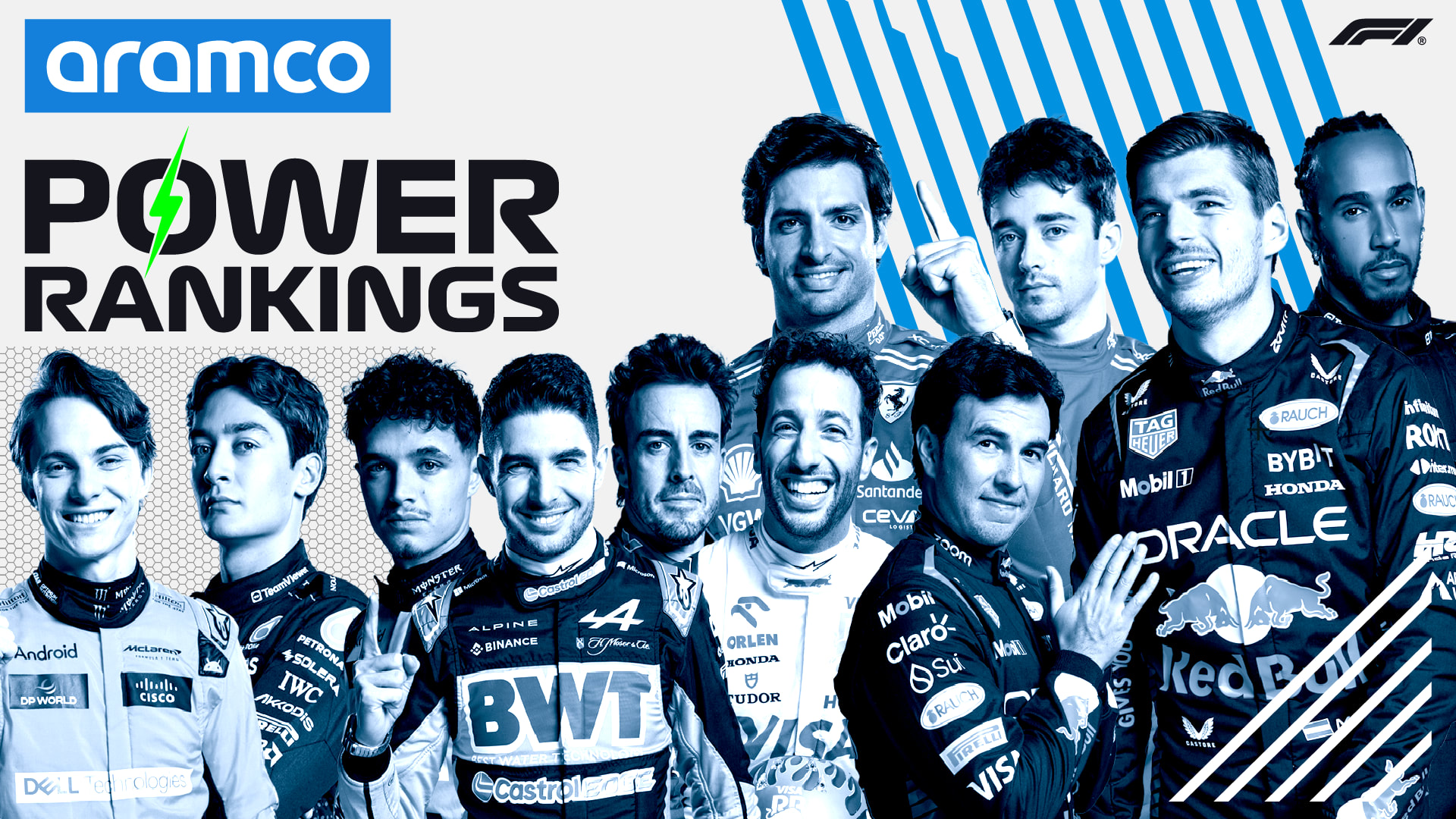
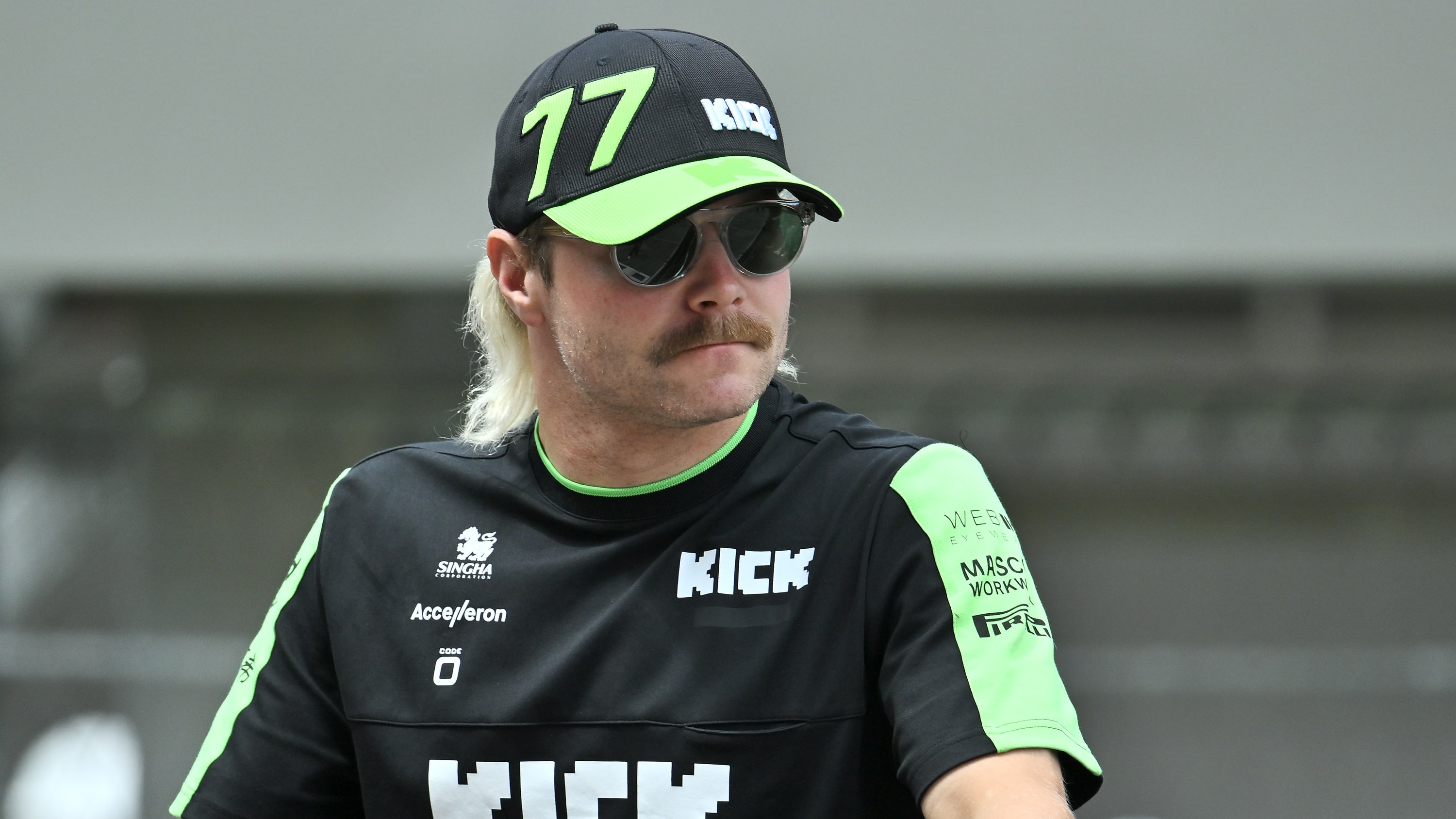
.png)
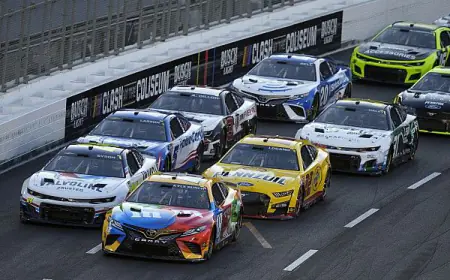
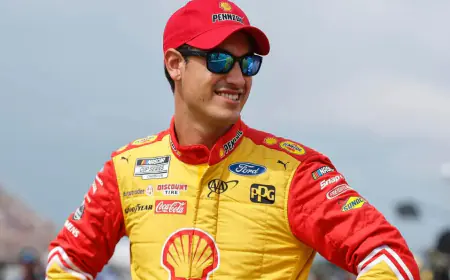
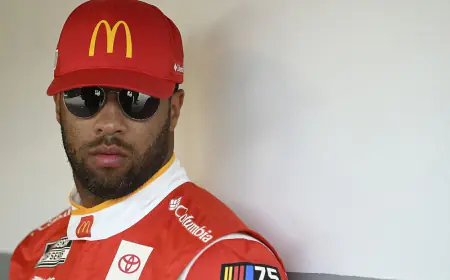

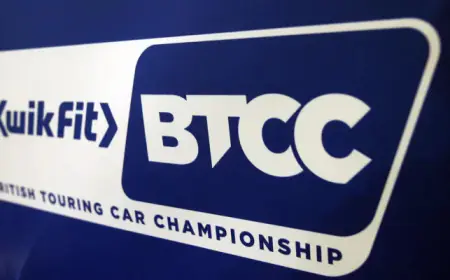
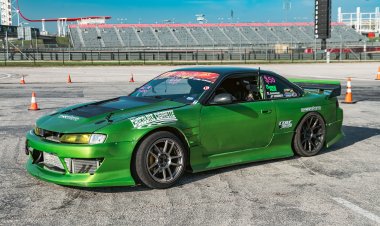

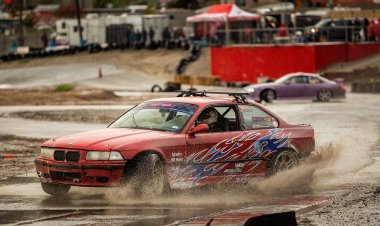

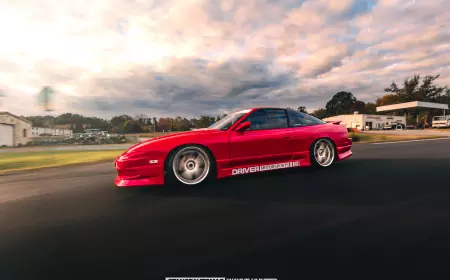
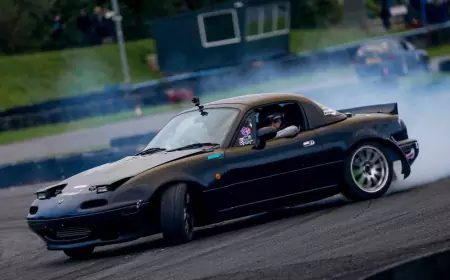

![[HOONIGAN] Ken Block's GYMKHANA NINE](https://img.youtube.com/vi/_bkX5VkZg8U/maxresdefault.jpg)

